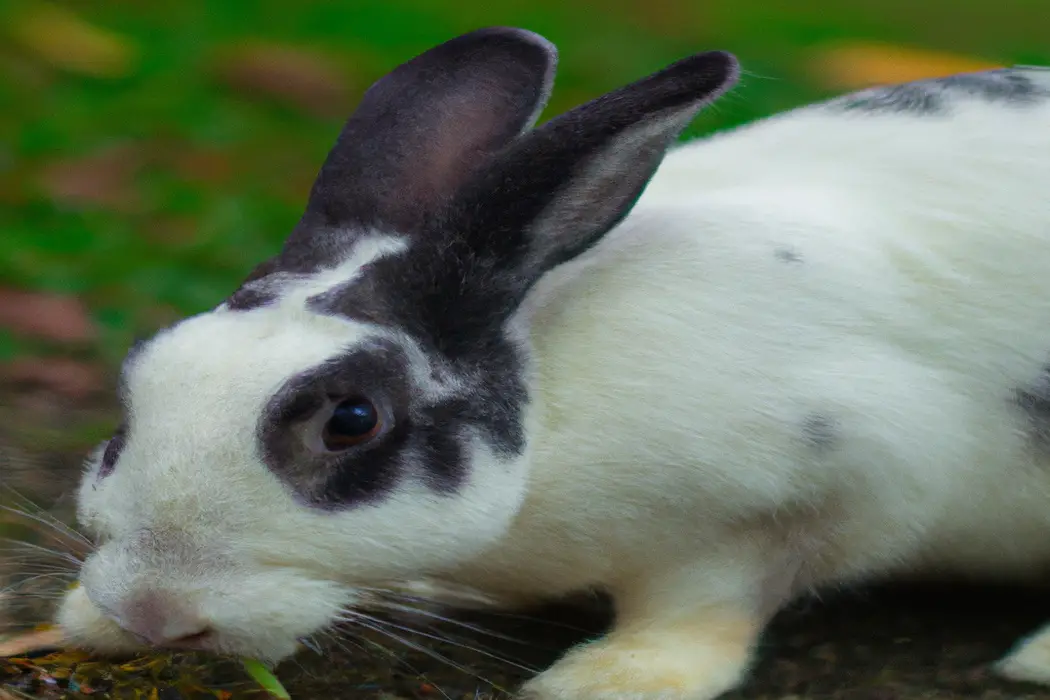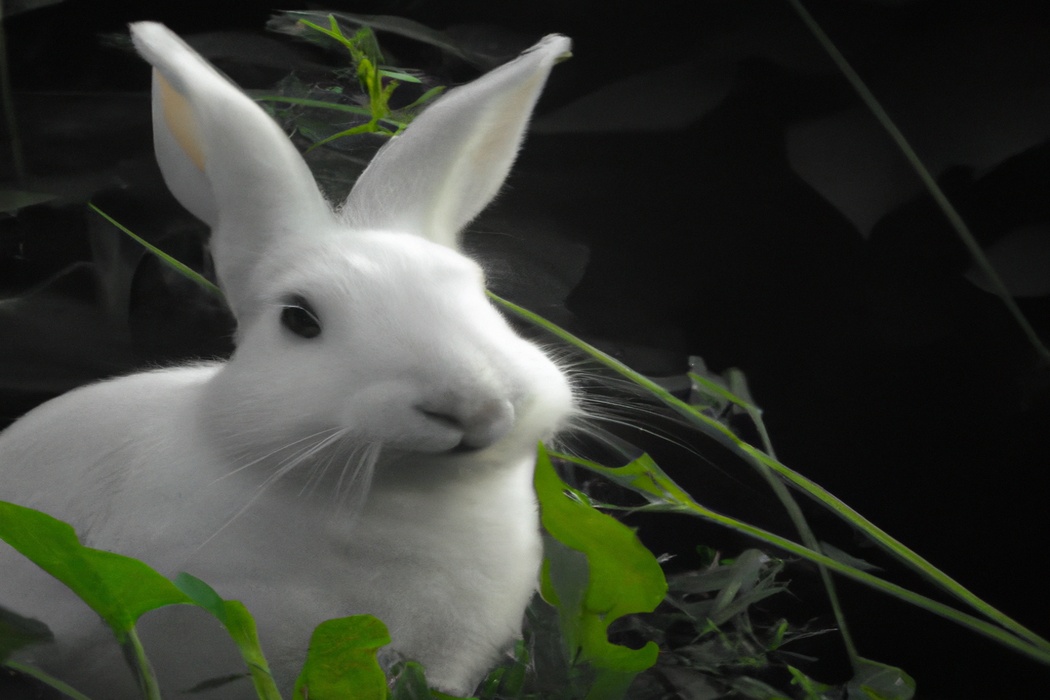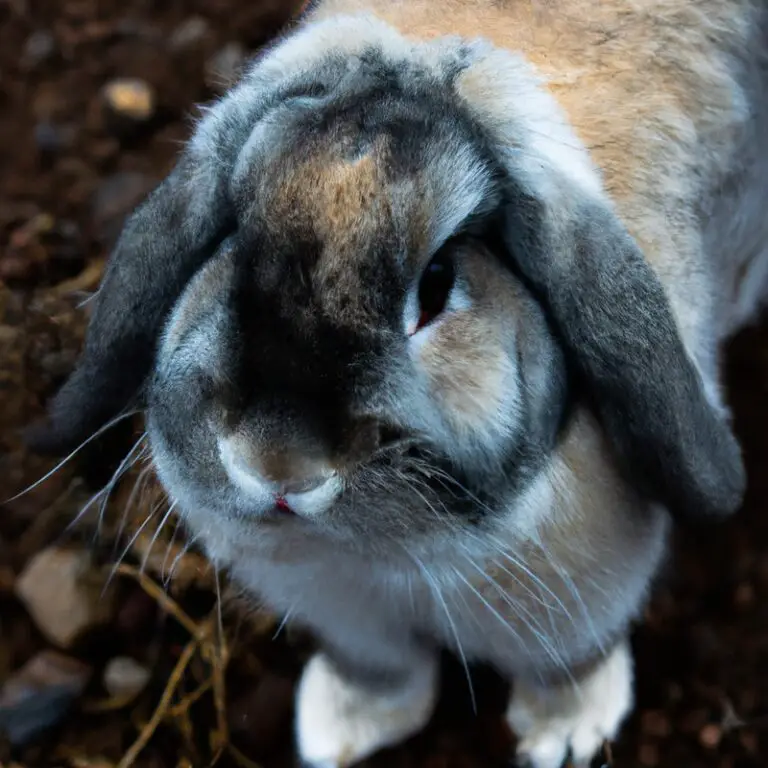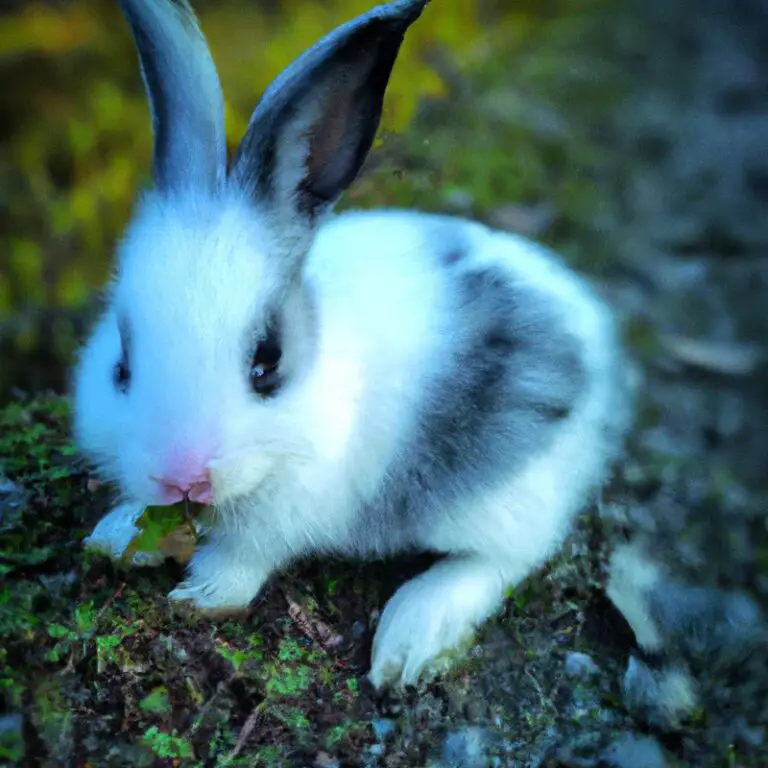How Many Toes Do Rabbits Have? Fun fact!
Key Takeaways:
- Rabbits have four toes on their hind feet.
- Rabbits have five toes on their forefeet.
- Rabbits use their toes for balance and agility.
- The number of toes on a rabbit’s foot helps with their hopping and jumping abilities.
Have you ever wondered how many toes rabbits have? Well, get ready to hop into the fascinating world of rabbit anatomy! In this article, we’ll dive deep into the structure of a rabbit’s foot and uncover the secret behind their incredible agility and speed.
We’ll discuss why rabbits have four toes and how they use them for balance, digging burrows, and navigating different terrains.
Get ready for some interesting facts and answers to frequently asked questions about these adorable creatures’ toes. Let’s jump right in!
| Total Number of Toes | 4 |
| Number of Toes per Foot | 5 |
The Anatomy of a Rabbit’s Foot
A rabbit’s foot is made up of four toes which are highly adapted for their specific needs.
How Many Toes Do Rabbits Have?
Rabbits have five toes on their front feet and four toes on their back feet.
The fifth toe on their front feet is a tiny one called the dewclaw, which doesn’t touch the ground when they hop.
This unique anatomy helps rabbits maintain balance and agility while hopping and running.
So, in total, rabbits have nine toes – four on their back feet and five on their front feet.
Understanding a Rabbit’s Foot Structure
A rabbit’s foot is made up of several elements that contribute to its unique structure.
At the core of the foot are the bones, including the metatarsals and phalanges, which give the foot its shape and provide support for the rabbit’s movement.
Surrounding the bones are the muscles, tendons, and ligaments, which enable the rabbit to control its foot and perform precise movements.
At the very end of the foot are the toes, which are covered in soft fur and equipped with claws for traction and balance.
The combination of these components allows rabbits to navigate their environment with agility and grace.
Why Do Rabbits Have Four Toes?
Rabbits have four toes because it is a characteristic of their species.
This adaptation is part of their anatomy and helps them with locomotion and balance.
The four toes, along with their strong hind legs, allow rabbits to hop and maneuver quickly to escape from predators or navigate their environment.
The structure of their feet also helps in digging burrows, which are essential for shelter and protection.
Overall, the four toes of rabbits serve important purposes in their survival and daily activities.

Comparing Rabbit Feet to Other Animals
Rabbit feet are unique compared to other animals. They have four toes on their hind legs, but only three toes on their front legs.
The absence of the fourth toe on their front legs gives rabbits a distinct appearance.
In contrast, many other animals, such as cats and dogs, have five toes on both their front and hind legs. This difference in toe count is just one of the many fascinating characteristics that make rabbits stand out in the animal kingdom.

The Function and Importance of Rabbit Toes
Rabbit toes serve important functions in maintaining balance, speed, agility, and navigating different terrains.
How Rabbits Use Their Toes for Balance and Speed
Rabbits use their toes for balance and speed in various ways.
- Balance: Rabbits have long toes that help them maintain stability. These toes spread out when the rabbit is standing, providing a wider base of support. This allows them to stay balanced while hopping, running, or even when they are still.
- Speed: Rabbits have strong and flexible toes that give them powerful propulsion. During a hop or run, they push off the ground with their hind legs, using their toes to push and propel themselves forward quickly. The coordination of their toes and leg muscles allows them to achieve remarkable speed and agility.
- Grip: Rabbits also use their toes to grip the ground, especially when they need to change direction suddenly or when navigating rough terrain. Their toes have strong muscles that help them grab onto different surfaces and maintain control while on the move.
Overall, the unique structure and function of rabbit toes play a vital role in maintaining balance and facilitating their impressive speed and agility.
The Role of Rabbit Toes in Digging Burrows
Rabbit toes play a significant role in their ability to dig burrows. With their strong claws and long toes, rabbits can effectively dig and create intricate burrow systems.
These burrows serve as a safe and secure shelter for rabbits, protecting them from predators and harsh weather conditions.
The toes provide the necessary traction and leverage for rabbits to dig into the soil, creating tunnels and chambers. This digging behavior is crucial for their survival, allowing them to find food, raise their young, and seek refuge.
So, rabbit toes are indispensable tools for their burrowing abilities.
Rabbit Toes and Their Impact on Agility and Jumping Abilities
Rabbit toes play a crucial role in their agility and jumping abilities.
They have four toes on their hind feet, which help them balance and generate power for their jumps.
These toes are strong and flexible, allowing rabbits to navigate uneven terrain and make quick turns.
The placement of their toes also helps distribute their body weight evenly, enhancing their overall stability.
In addition, the long claws on their toes provide extra grip when they need to land or change direction quickly.
Overall, rabbit toes are essential for their agility and enable them to perform impressive jumps and swift movements.

How Rabbit Toes Help in Navigating Different Terrains
Rabbit toes play a vital role in helping them navigate different terrains.
With their four toes on their hind feet and five toes on their front feet, rabbits have excellent balance and traction.
The long, muscular toes enable them to grip the ground firmly, allowing for quick turns and jumps.
This adaptability helps rabbits traverse various landscapes effortlessly, whether it’s slippery grass, uneven surfaces, or muddy terrain.
Their toes act like natural shock absorbers, providing stability and minimizing the impact on their delicate bones and joints.
With this incredible mobility, rabbits can dart and hop around with ease, avoiding potential dangers in their environment.
Interesting Facts About Rabbit Toes
Did you know that rabbits have dewclaws on their hind legs? It’s just one of the interesting facts about their toes!
Did You Know? Rabbits Have Dewclaws Too!
Did You Know? Rabbits Have Dewclaws Too! Just like cats and dogs, rabbits also have dewclaws! Dewclaws are small toes located higher up on their legs.
While rabbits primarily use their long hind legs for hopping and jumping, their dewclaws serve as a way to grip and stabilize themselves when exploring or digging.
These unique toes are a fascinating adaptation that helps rabbits navigate their environment with ease. So next time you’re observing a rabbit, take a closer look at their feet, and you might be surprised by their adorable dewclaws!
The Unique Adaptations of Rabbit Toes
Rabbit toes are pretty fascinating! They have some unique adaptations that help them in their everyday life.
For one, rabbits have four toes on their hind feet, but only three on their front feet.
This helps them to navigate and hop efficiently.
The toes are also covered in thick fur, which provides insulation and helps with traction.
Additionally, rabbits have strong muscles and tendons in their toes, allowing them to jump and maneuver swiftly.
These adaptations give rabbits a competitive edge in their environment and make their toes quite special!
The Color and Shape of Rabbit Toe Nails
Rabbit toe nails come in various colors, including white, black, and shades of brown.
The shape of rabbit toe nails is typically curved and pointed, resembling miniature claws.
It’s important to regularly check and trim your rabbit’s nails to prevent them from becoming too long, as this can cause discomfort and potential injury.
Regular grooming and nail care are essential for keeping your rabbit’s toe nails healthy and in good shape.
The Relationship Between Rabbit Toes and Their Breeds
The number of toes on a rabbit can vary depending on its breed. While most rabbits have four toes on their front paws, there are some breeds that have five toes.
This extra toe, known as a dewclaw, is often seen in certain breeds like the American Fuzzy Lop and the Havana.
So, if you’re interested in rabbits and their toes, it’s fascinating to discover the variations among different breeds.
Frequently Asked Questions about Rabbit Toes
How Can I Tell if My Rabbit’s Toes Are Healthy?
To check if your rabbit’s toes are healthy, look for the following signs:
- Regular grooming: Healthy rabbit toes should be clean and free from dirt, debris, or excess fur.
- Normal nail length: Ensure that your rabbit’s nails are trimmed to an appropriate length. Overgrown nails can lead to pain and complications.
- Even nail alignment: Check that your rabbit’s nails are aligned properly and not growing at odd angles, which can cause discomfort or difficulty in walking.
- Pink and smooth pads: Healthy toe pads should be pink in color and feel smooth to the touch. Any signs of redness, swelling, or roughness could indicate an issue.
- Consistent movement: Observe your rabbit for any changes in mobility or difficulty in hopping or using their toes. Limps or reluctance to bear weight on a particular toe should be examined by a veterinarian.
Remember, regular grooming, nail trimming, and monitoring your rabbit’s overall mobility will help ensure the health of their toes.
Do All Rabbits Have the Same Number of Toes?
No, not all rabbits have the same number of toes.
Most rabbits have four toes on their front feet and five toes on their back feet, totaling 18 toes.
However, some rabbit breeds, like the Rex breed, have four toes on both their front and back feet.
There can also be variations in toe size and structure among individual rabbits.
Can Rabbits Lose Their Toes?
Yes, rabbits can lose their toes. This can happen due to a variety of reasons such as accidents, injuries, or certain medical conditions.
Losing a toe can affect a rabbit’s mobility and balance, so it’s important to provide them with proper care and treatment if they do lose a toe.
If you notice any changes or injuries to your rabbit’s toes, it’s best to consult with a veterinarian for guidance and to ensure their well-being.
Are There Any Special Considerations for Caring for Rabbit Toes?
Special considerations for caring for rabbit toes include regular nail trims to prevent overgrowth and discomfort. It’s important to use proper nail clippers designed for small animals and follow a safe trimming technique to avoid injury.
Additionally, inspecting the toes and foot pads regularly for any signs of injury, inflammation, or infection is essential.
Providing a clean and hygienic living environment and avoiding wire flooring can also help prevent foot problems in rabbits.
Can Rabbit Toes Be Trimmed or Clipped?
Yes, rabbit toes can be trimmed or clipped. Trimming rabbit toenails is an important part of their grooming routine as overgrown nails can cause discomfort and health problems.
However, it is essential to be careful and gentle when trimming their nails to avoid injuring the rabbit.
It is recommended to seek guidance from a veterinarian or a professional groomer to learn the proper technique for trimming rabbit toes.
Final Verdict
Rabbits have four toes on their front feet and five toes on their hind feet. This unique anatomy allows them to maintain balance, dig burrows, and navigate various terrains with agility and speed.
Rabbit toes also play a crucial role in their jumping abilities and overall mobility.
It’s important to understand and care for rabbit toes to ensure their health and well-being. Remember, rabbits have dewclaws and their toe nails come in different colors and shapes.
Proper maintenance and regular check-ups are essential for keeping their toes in good condition.
Overall, the fascinating structure and function of rabbit toes contribute to their remarkable adaptability and make them incredible animals to observe and care for.







